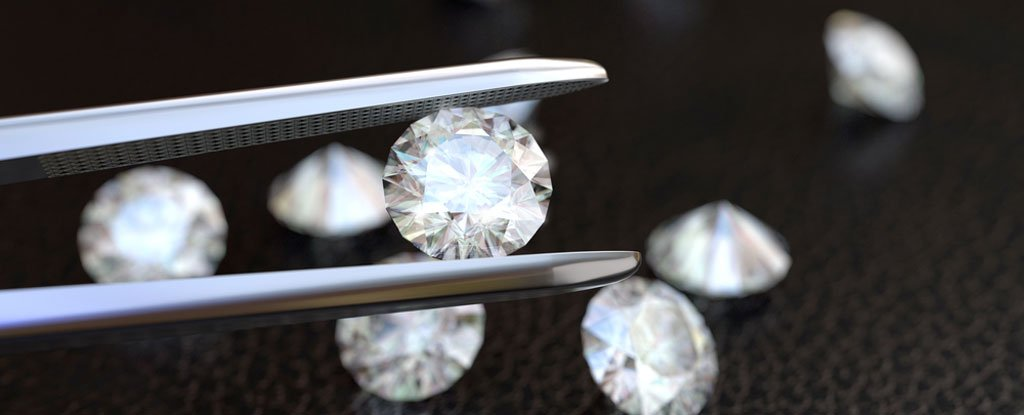
Scientists turn nuclear waste into diamond batteries
Nuclear energy is Carbon free, which makes it an attractive and practical alternative to fossil fuels, as it doesn't contribute to global warming. We also have the infrastructure for it already in place. It's nuclear waste that makes fission bad for the environment. And it lasts for so long, some isotopes for thousands of years. Nuclear fuel is comprised of ceramic pellets of Uranium-235 placed within metal rods. After fission takes place, two radioactive isotopes are left over: Cesium-137 and Strontium-90.
These each have half-lives of 30 years, meaning the radiation will be half gone by that time. Transuranic wastes, such as Plutonium-239, are also created in the process. This has a half-life of 24,000 years. These materials are highly radioactive, making them extremely dangerous to handle, even with short-term exposure.
The typical nuclear power plant creates about 2,300 tons waste annually.
Researchers at the University of Bristol in the UK have invented a method to encapsulate nuclear waste within diamonds, which as a battery, can provide a clean energy supply lasting in some cases, thousands of years.
No emissions, no moving parts, no maintenance, and zero concerns about safety. The radiation is locked safely away inside the gemstone. All the while, it generates a small, steady stream of electricity. Nickel–63, an unstable isotope, was used in this first experiment. It created a battery with a half-life of a century.
There are other substances which would last over ten times longer. Older nuclear reactors graphite blocks to cool the Uranium rods. But after years of service these blocks become covered in a layer of carbon-14, a radioactive isotope with a half-life of around 5,730 years. Once a power plant is decommissioned, those blocks must be stored as well.
By heating the blocks, scientists can turn carbon-14 into a gas, which would be gathered and compressed into a diamond.
An alkaline AA battery weighs about 20 grams, has an energy density storage rating of 700 Joules/gm, and operated continuously for about 24 hours. A diamond beta-battery containing 1 gram of C14 will deliver 15 Joules/day, and will continue to produce this level of output for 5,730.
Possible applications include powering spacecraft, satellites, high- flying drones, and medical devices such as pacemakers—anything really where batteries are difficult or impossible to charge, or change. One tantalizing speculation: powered by such crystals, interstellar probes could operate even in the darkest reaches of space, where solar power is no longer feasible.
 English
English Arabic
Arabic


